50 Words or Less
The Autoflex Dream 7 shaft has a very soft, smooth, active feel. Higher launch and spin. Built for smooth swinging players.
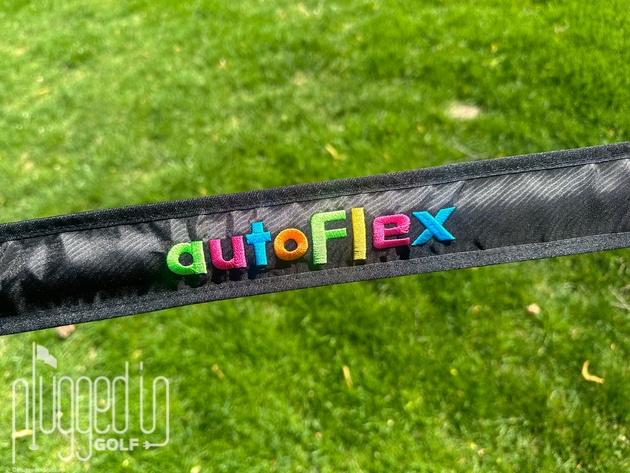
Introduction
In 2020 when the original Autoflex shaft burst onto the golf scene, it would have been easy to dismiss it as the latest short-lived fad. Four years later, however, Autoflex is still going strong. Many golfers have found more speed and distance in their lighter, softer shafts. Their latest offering is the Autoflex Dream 7 shaft, and I tested one to see what new tricks they have up their sleeve.

Looks
The Autoflex Dream 7 shaft puts a major focus on looks. It’s one of the few shafts that comes in multiple colorways. There are five available: orange, green, black/orange, white, and black/green (seen here). The black/green is the most sedate with the orange and green being the most attention grabbing.
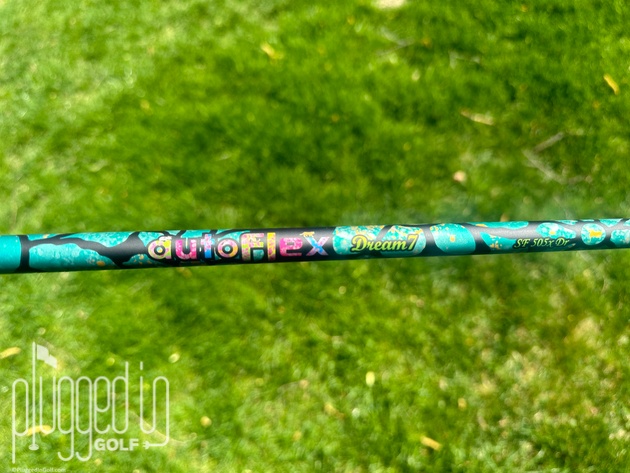
While the colors are very bold, the graphics are limited to the mid section of the shaft. The splashes of color form flowers of different sizes that wrap around the shaft. “autoFlex” branding sits atop this graphic in a rainbow of colors. “Dream 7” and the flex designation are marked just to the right. While there is no clean, logo-down installation possible, there are no markings near the club head.
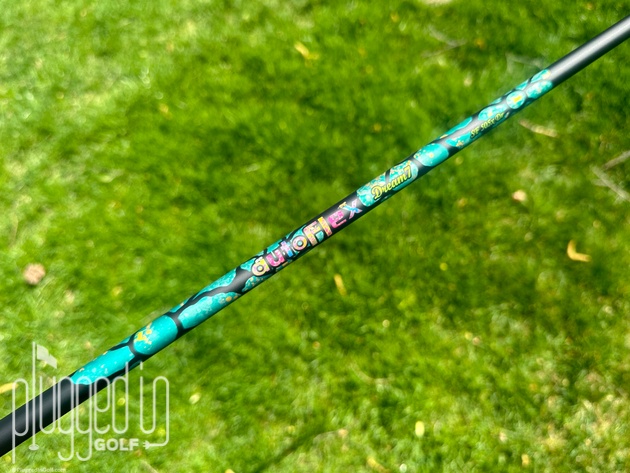
Feel
Much like the original Autoflex [review HERE], the Autoflex Dream 7 shaft has a very soft feel with an immense kick through the ball. A gentle wiggle gets this shaft moving, and a full swing creates a complete load with an explosion of energy through the ball.
Again, like the original, the Dream 7 doesn’t feel like it has a clear hinge or bend point. Instead, the Dream 7 feels like it uncoils like a whip. It takes little effort to get this load and kick, so it’s a very satisfying choice for players with less aggressive swings.

Performance
Where some shaft companies overwhelm the player with tech talk and performance claims, Autoflex keeps things very hazy. They tout the Dream 7 as the “ultimate in power and stability” but the only explanation is the 2nd generation of Korea Hidden Technology. It is noted that the Autoflex Dream 7 is “slightly softer” than the original with an “upgraded” tip section, though it’s unclear what that upgrade is.
Overall, the Autoflex Dream 7 has a great deal in common with the original. The light weight did allow me to ramp up my club head speed, but I got my best results with a more moderate effort. Dialing my speed down to what felt like 50%, I was hitting lasers. The ball was flying straight on a high trajectory with some roll out.
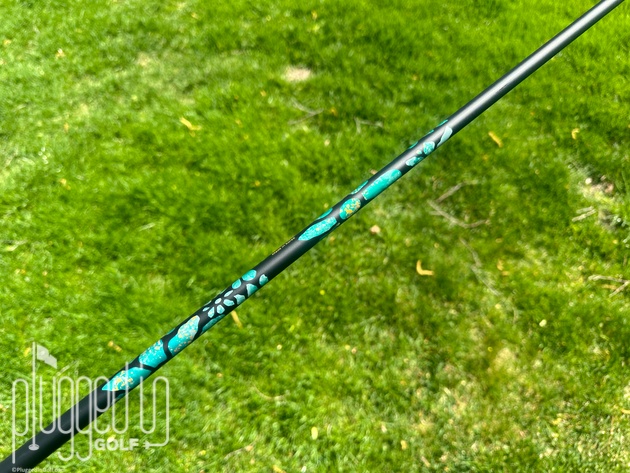
Stepping up to around 75% effort, the ball speed, club speed, and distance improved, but my dispersion became more normal. The Autoflex Dream 7 did favor the left side of the range, but it wasn’t too extreme. The ball flight continued to be on the higher side.
As I tried to push my effort and speed to the limits, I saw diminishing – and sometimes negative – returns. The dispersion was wide and unpredictable, and the increased club speed did not translate to great ball speed.
All this to say, Autoflex needs to be fit to the right player. This is true of any shaft, but it’s more true here. I can make this work, but it’s meant for players who swing smooth naturally. For an aggressive swinger like myself, it would be hard to trust this on the course.
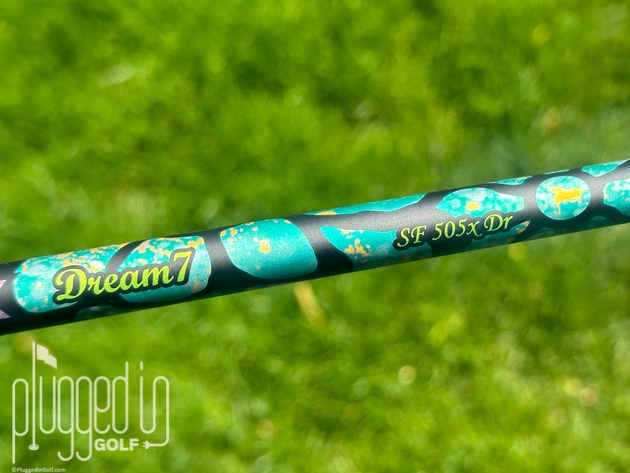
The Autoflex Dream 7 shaft is offered in six variants – 305, 305X, 405, 405X, 505, and 505X. The Autoflex website has a recommended swing speed for each version, ranging from 60MPH to 115 MPH. Weights on the Dream 7 are as light as 39 grams and as heavy as 57 grams.
Finally, a note for those that would run to the original Autoflex review and try to compare the numbers: please don’t. That review is over three years old. It was a different driver head, and my swing was in a different place. I have not tested the two shafts head to head.

Conclusion
If you have that smooth, Louis Oosthuizen tempo, first, I’m jealous, and second, you should take a serious look at the Autoflex Dream 7 shaft. This soft, ultra light shaft can easily add more speed to your swing without asking for more effort.
Visit Autoflex HERE
He founded Plugged In Golf in 2013 with the goal of helping all golfers play better and enjoy the game more.
Matt lives in the northwest suburbs of Chicago with his wife and two daughters.
- Performance Golf Click Stick Training Aid Review - October 18, 2024
- Callaway Opus Platinum Wedge Review - October 17, 2024
- When to Take a Break from Golf - October 15, 2024


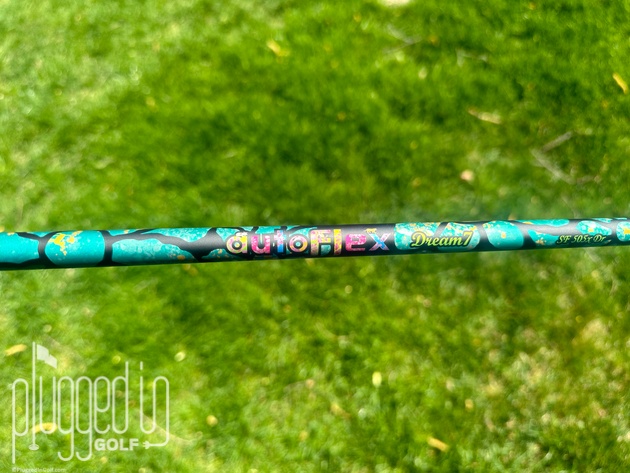
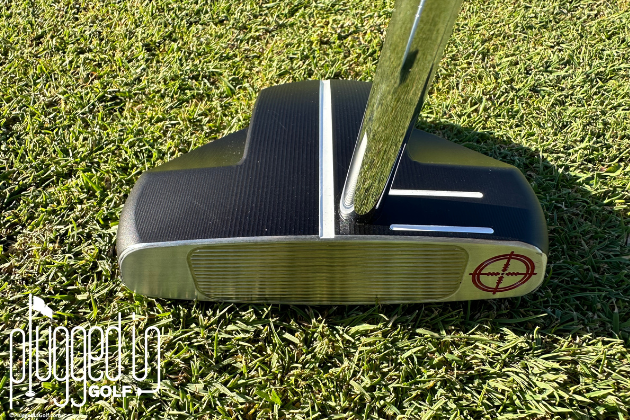
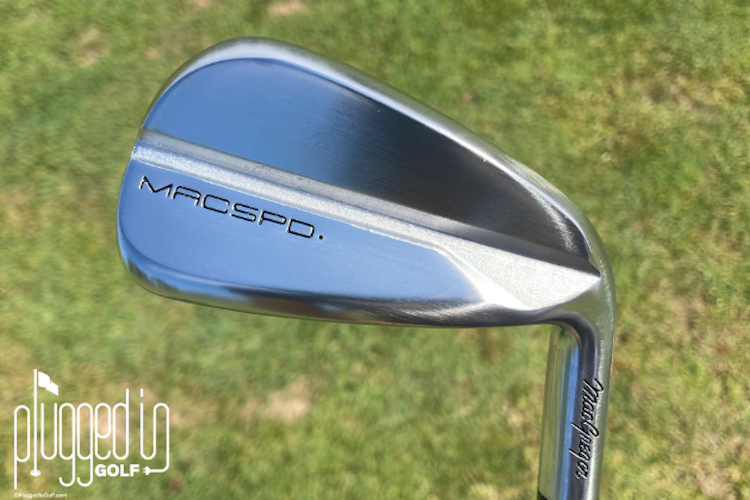
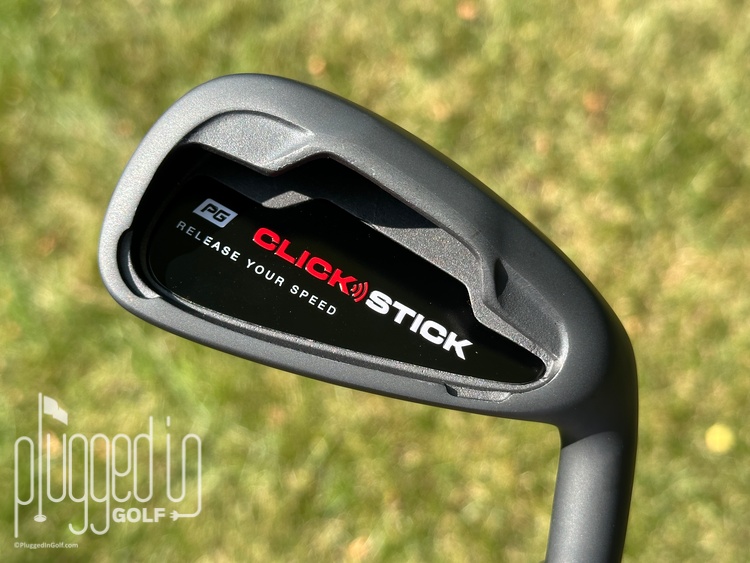









2 Comments
Yikes; $880! Based on your review, I’m pretty interested — I’m told I swing smoothly and a recent shoulder injury has cost me yardage — but that price point is going to be challenging (even though historically I’ve been willing to spend decent coin to get a few more yards!).
Peter,
Yeah, there’s definitely some sticker shock there. I’m fairly certain that Club Champion has started carrying Autoflex (not sure about which models) so you might inquire at your local shop about giving it a try.
Best,
Matt